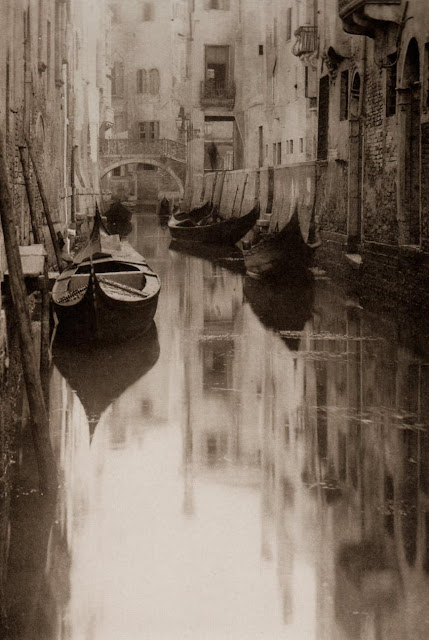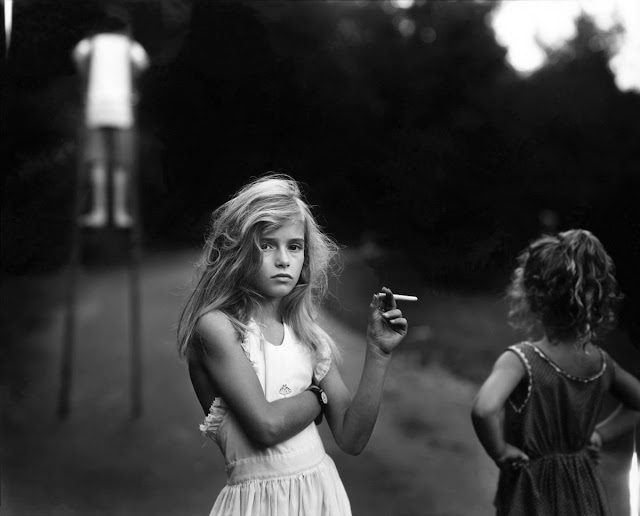Alfred Stieglitz: Moving Photography into the Modern Age
During the earliest decades of photography, the medium was in the hands of scientists and technicians who were well versed in its technical aspects. In order for photography to truly flourish, it needed the guidance of artists as well as businessmen who could bring the medium to the masses while keeping its artistic integrity intact. Alfred Stieglitz was such a man, and through his efforts moved photography into the modern age, relatively speaking.
Alfred Stieglitz was born in New Jersey in 1864, and as a child found school to be too boring for him. In the early 1880s, Stieglitz entire family moved to Europe where Alfred studied mainly in Germany. He enrolled himself in a chemistry course where he learned the rudiments of early photography plate development. Stieglitz also befriended several artists and obtained his first camera during this time.
The Stieglitz family moved back to the US after a few years, but Alfred remained behind and grew into his passion of photography. He also started submitting articles to photography publications, discussing the aesthetics of photography and its role in the arts. In 1884, he entered and won an amateur photo contest, an achievement which encouraged him to continue his career as a photographer-artist.
When Stieglitz's sister died, he reluctantly returned to America on the request of his father. Stieglitz continued his career in photography, opening up a studio and continuing to write for photography journals. In the early 1890s, his reputation as a photographer and writer spread, and he became an editor of a local camera publication. He focused his attention towards newer photographic techniques, insisting that the old ways espoused by local camera societies were not helping the medium.
In 1896, Stieglitz helped form The Camera Club of New York, and was also offered the leadership of other photography institutions and publications. Around this time, Stieglitz met a young Edward Steichen, a painter turned photographer who would later on revolutionize fashion photography. Their passion for art and photography quickly led to a friendship that would last many years.
Stieglitz continued his advocacy for modern photography techniques well into the 1st World War. Around the end of the war, he met the artist Georgia O'Keeffe, a painter whose works would help usher modernism into America. Although reluctant at first, O'Keeffe warmed up to Stieglitz and the two eventually married. Their relationship was idiomatic of the Stieglitz passion for modernism and art in the photography world.
Throughout the rest of the 1920s and 1930s up to his death in 1946, Stieglitz continued to promote photography through his own images, but also exhibited works of other photographers as well as visual artists. Today, Stieglitz is recognized for his promotion of the visual arts, and his tireless cause for photography as an art form. A few years ago, Stieglitz's name entered into the list of photographers with the most expensive photos of all time when two of his Georgia O'Keeffe photos (Nude and Hands) were auctioned off for a total $2.832 million.
The PBS website has some more information on Alfred Stieglitz and his efforts to move photography into the modern age. For more examples of his works, there are Alfred Stieglitz: The Key Set - Volume I & II: The Alfred Stieglitz Collection of Photographs, Alfred Stieglitz New York, and a collective publication Stieglitz, Steichen, Strand: Masterworks from The Metropolitan Museum of Art.











Great images, the steam train especially.
ReplyDeleteThey are quite stark and beautiful.
ReplyDeleteThis is actually the standard of artistic photography. The pictures are clicked in a real professional manner as everything has been defined a particular position and things are been focused in an excellent manner.
ReplyDeleteI like these photos. the venice one is lovely.
ReplyDeleteStieglitz has great galleries of expressions and characters! I recognize the work from the promotion of the visual arts, and his tireless cause for photography as an art form.
ReplyDelete